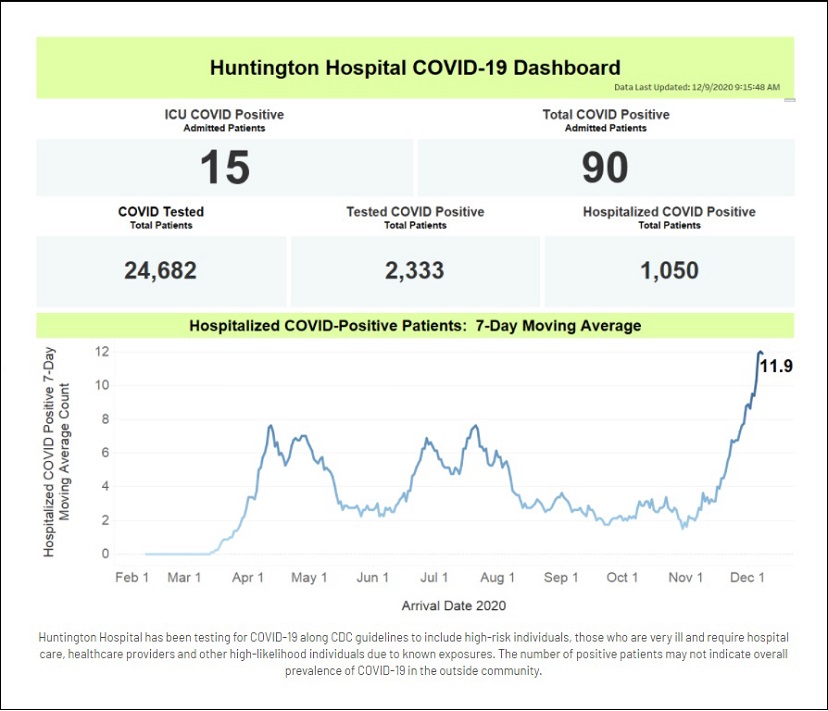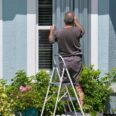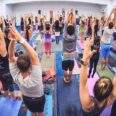
Huntington Hospital set a record for COVID-19 patients admitted when it reported 90 patients on Wednesday, including 15 in the hospital’s intensive care unit.
Across Los Angeles County, surges in COVID-19 cases are dramatically increasing hospital admissions and contributing to swamped emergency rooms, with the number of daily admissions expected to jump as high as 700 per day by next week, health officials said today.
“Huntington Hospital has a surge plan that we will activate when needed to ensure all beds at the hospital are available to care for the sickest patients,” said Dorey Huston, senior manager of public relations & media at the hospital. “Our hospital currently has surge tents outside our emergency department which remain available as we monitor COVID-19 cases. If needed, the tents will be used for noncritical patients as overflow from our emergency department. As of right now, we are able to care for our patients within our walls and do not need to use these tents.”
According to Dr. Christina Ghaly, director of the county Department of Health Services, county hospitals are currently seeing nearly 500 new admissions each day. With the county’s COVID-19 transmission rate remaining high — and with an estimated one in 140 residents circulating in public believed to be infectious — the numbers are expected to keep rising.
“Given that we’re just now seeing the hospitalizations that resulted from the recent Thanksgiving holiday, we anticipate that the number will continue to grow over the next few weeks, with up to 700 new daily COVID hospitalizations in just one week from now,” Ghaly said.
With that number of new daily admissions, the county is facing “possible shortages in the total number of hospital beds — as we are seeing happen in other counties across California — and an expected shortage of ICU beds,” she said.
Ghaly said hospitals will be forced to implement “surge plans” over the coming month to meet the demand. She noted that as of Wednesday, a poll of the county’s 70 “911-receiving” hospitals showed a total of 1,096 available staffed hospital beds, and 129 intensive-care unit beds.
She hailed the work of hospitals thus far managing demand, noting that the number of available ICU beds has consistently ranged from 110 to 175 over the past month, despite a 40 percent increase in the number of occupied beds.
The brisk business at hospitals is also heavily impacting emergency rooms, and it’s leading to more incidents of ambulances being diverted to other medical centers due to overcrowding. Ghaly said hospitals can request diversions of ambulances carrying advanced-life-support patients due to overwhelmed emergency departments, generally for a two-hour increment.
“This option is being used widely by hospitals across the county at present, with yesterday (Tuesday) 77 percent of L.A. County hospitals using diversion at some point during the day,” she said. “And that’s in comparison to what’s normal at this time of year of somewhere between 10 and 15 percent.”
As of Wednesday, there were 3,299 people hospitalized due to COVID-19, another record high.
The county is also continuing to see elevated case numbers, reporting an additional 9,243 new infections on Wednesday. That’s just shy of the county’s pandemic daily record of 10,528 cases, which was reached on Sunday.
The new cases lifted the county’s cumulative total since the pandemic began to 475,271.
The county also reported 75 more deaths due to the virus, although six of those fatalities were actually announced Tuesday by health officials in Pasadena and Long Beach. The deaths increased the county’s overall death toll to 8,075.
County Public Health Director Barbara Ferrer explained that surging case numbers of the past week will lead to a “significant rise in the number of people who are dying.”
“The more terrible truth is that over 8,000 people … who were beloved members of their families are not coming back,” Ferrer said through welling tears, her voice breaking. “And their deaths are an incalculable loss to their friends and their family, as well as our community.”
Ferrer broke down some of the grim statistics, noting a 300 percent increase in average daily case numbers over the past month, including a jump in the daily average from 4,900 in the last week of November to 8,933 in the first week of December. She said the county’s recent rate of positive COVID test results rose from 3.5 percent in early November to the current 12.5 percent, along with a
tripling of hospitalizations, rising from 791 on Nov. 1 to 3,299 on Wednesday.
“Where we are and where we are headed is quite alarming,” she said.
Ferrer issued her oft-repeated urging for people to stay home as much as possible, and to leave only to provide or access essential services or to get some outdoor exercise.
“The safest thing you can do during this very difficult time in the pandemic is to really stay home as much as possible and to interact only with members of your own household,” she said. “… There is a great deal of community transmission and you are at risk of becoming infected when you’re out of your home and around other people.”
The county remains under a state regional stay-at-home order, which went into effect at 11:59 p.m. Sunday. It was triggered when intensive-care unit bed availability fell below 15 percent in the 11-county Southern California region.
As of Wednesday, the ICU availability in the region was estimated at 9 percent.
Pasadena is in the Southern California region which consists of Los Angeles, Orange, Riverside, San Diego, Imperial, Inyo, Mono, San Bernardino, San Luis Obispo, Santa Barbara and Ventura counties.
The stay-at-home order will be in place for three weeks and bars gatherings of people from different households. Regions will be eligible to exit from the order on Dec. 28 if ICU capacity projections for the following month are above or equal to 15 percent.
Under the order, the following businesses/recreational facilities were forced to close:
• indoor recreational facilities;
• hair salons and barbershops;
• personal care services;
• museums, zoos, and aquariums;
• movie theaters;
• wineries;
• bars, breweries and distilleries;
• family entertainment centers;
• cardrooms and satellite wagering;
• limited services;
• live audience sports; and
• amusement parks.
Schools with waivers can remain open, along with “critical infrastructure” and retail stores, which will be limited to 20 percent of capacity.
Restaurants are restricted to takeout and delivery service only.
Hotels are allowed to open “for critical infrastructure support only,” while churches would be restricted to outdoor only services.
Entertainment production — including professional sports — would be allowed to continue without live audiences.














 0 comments
0 comments


